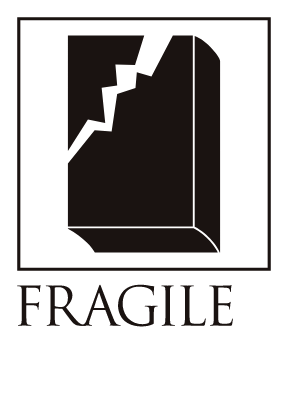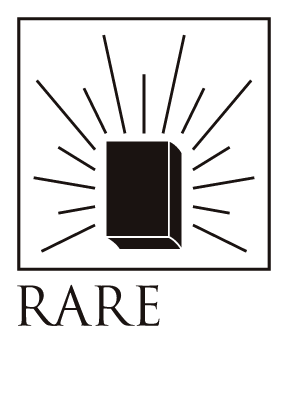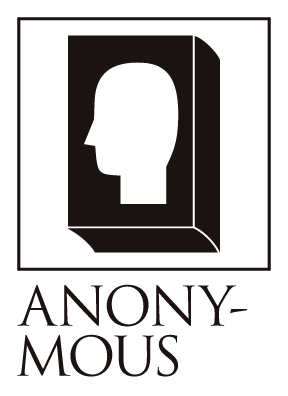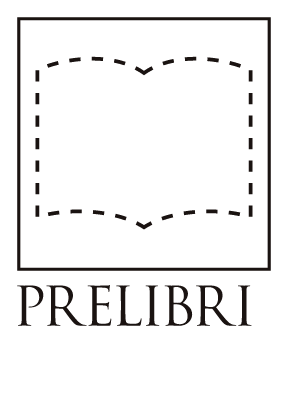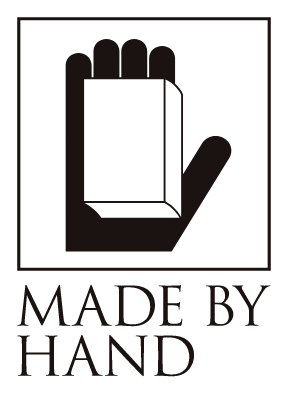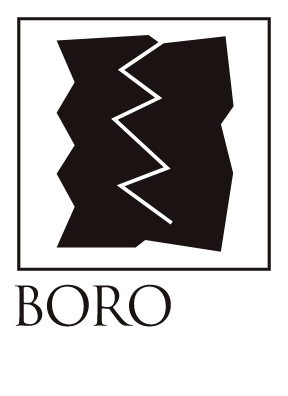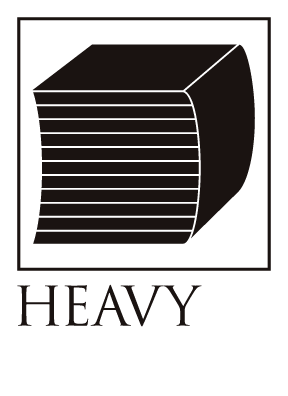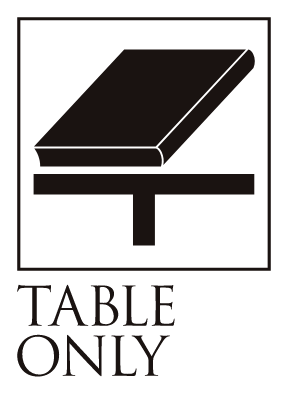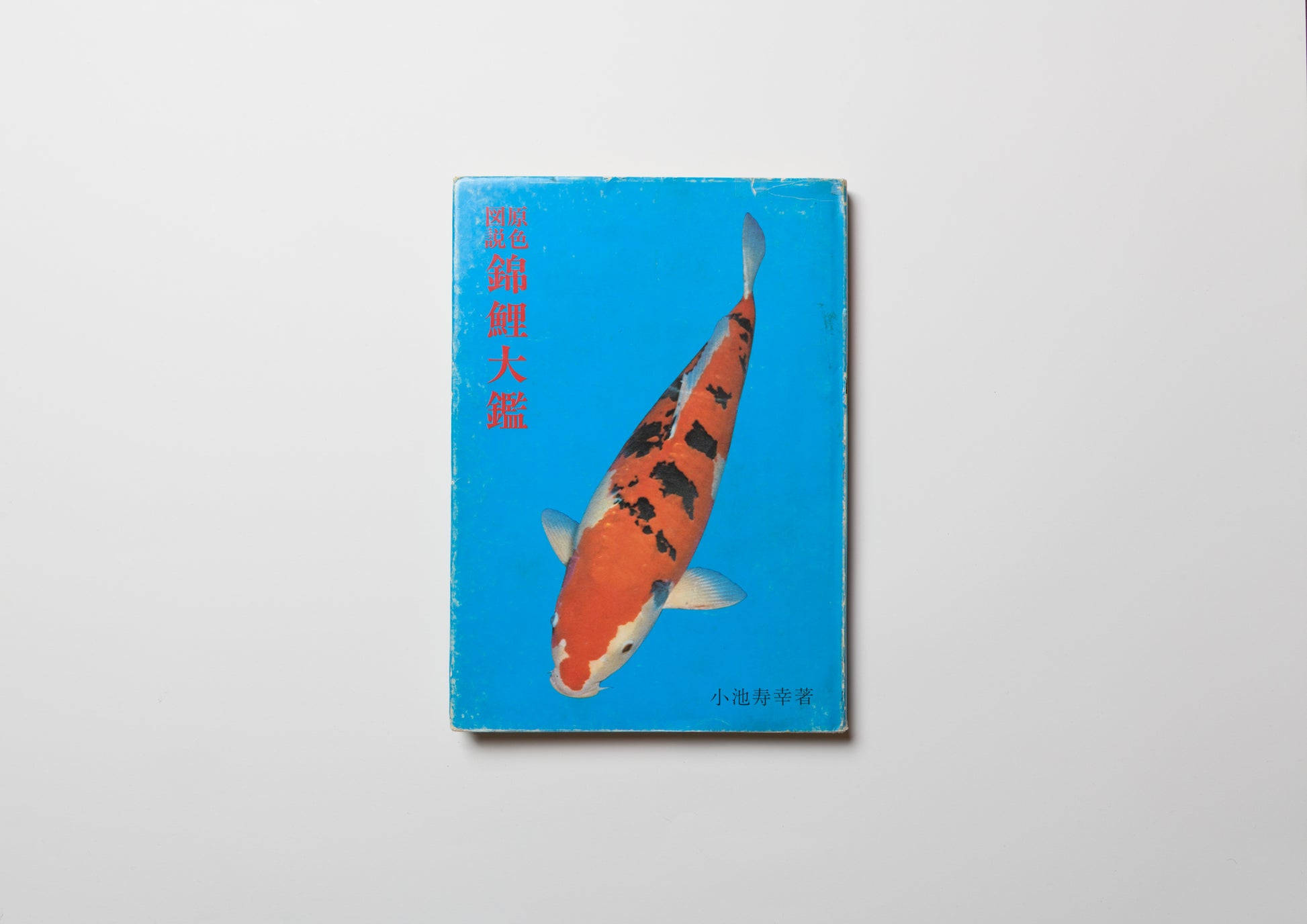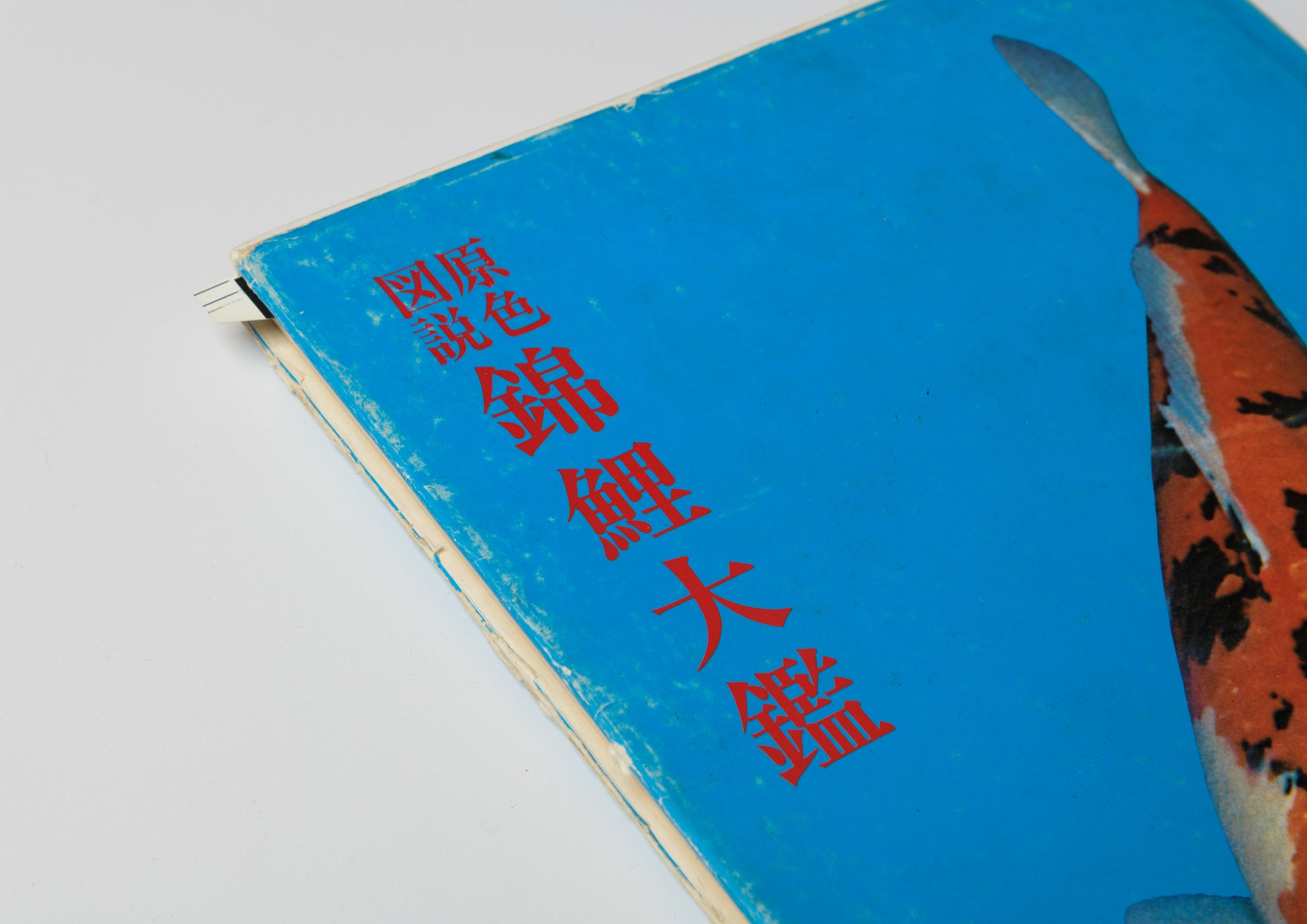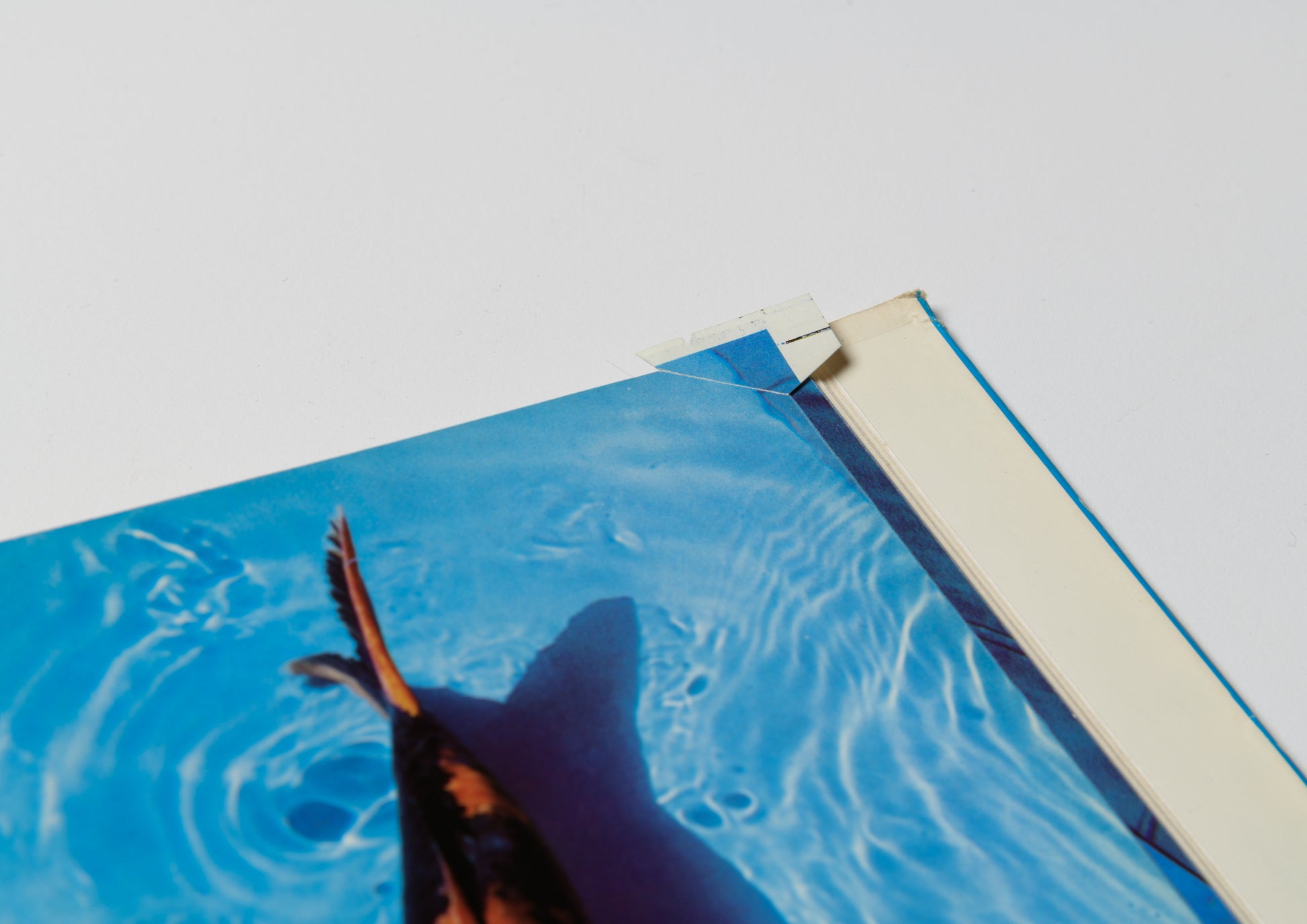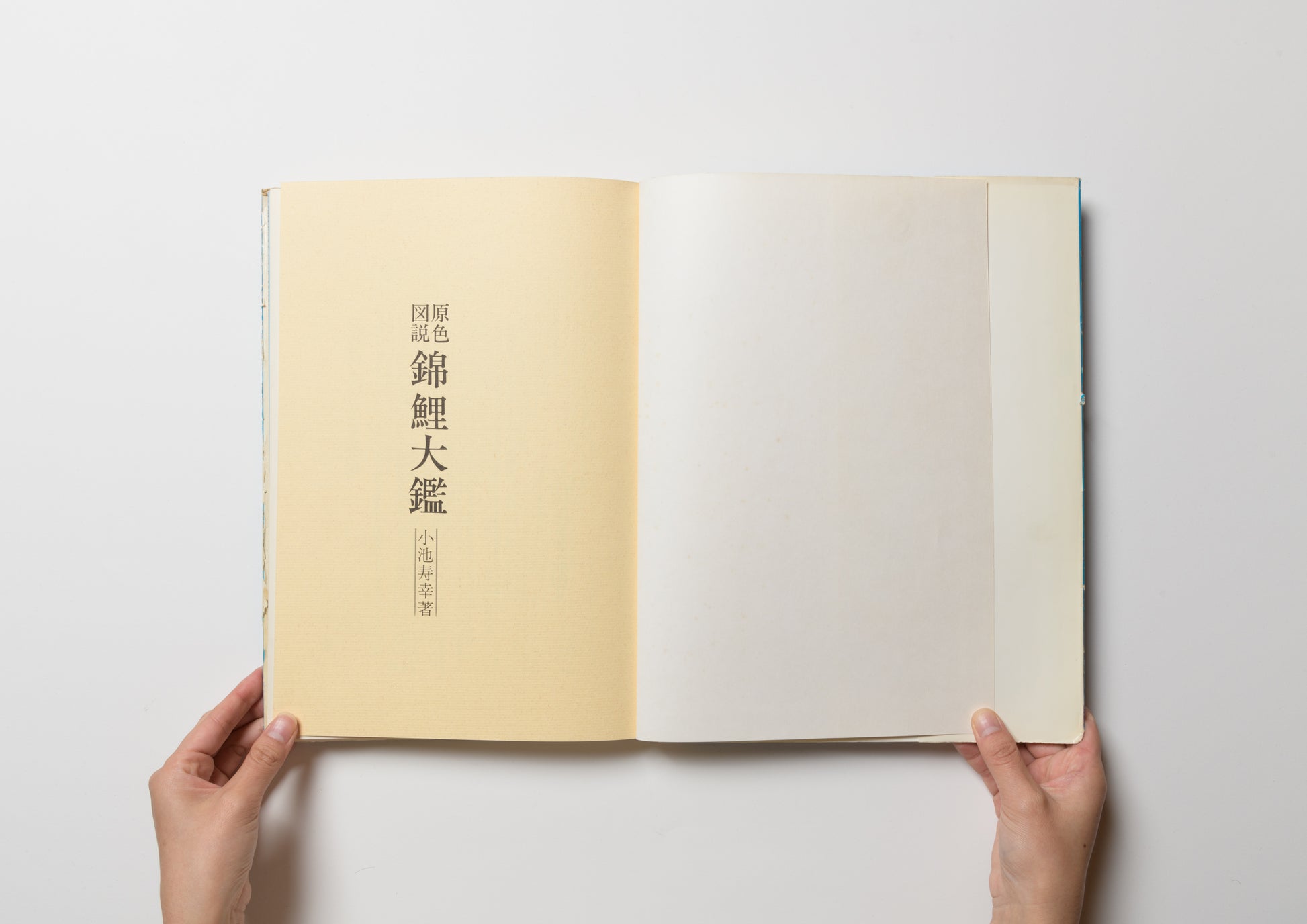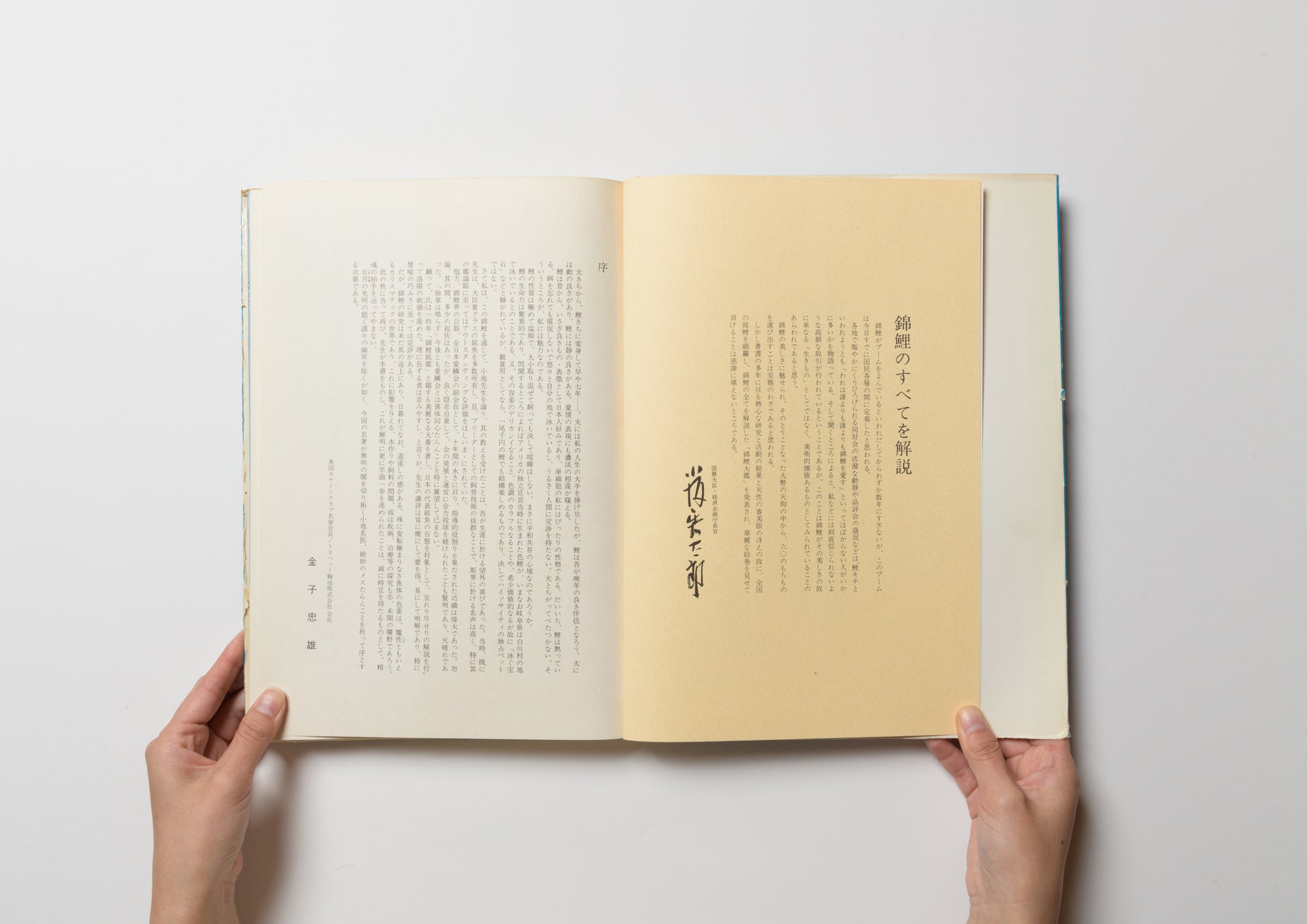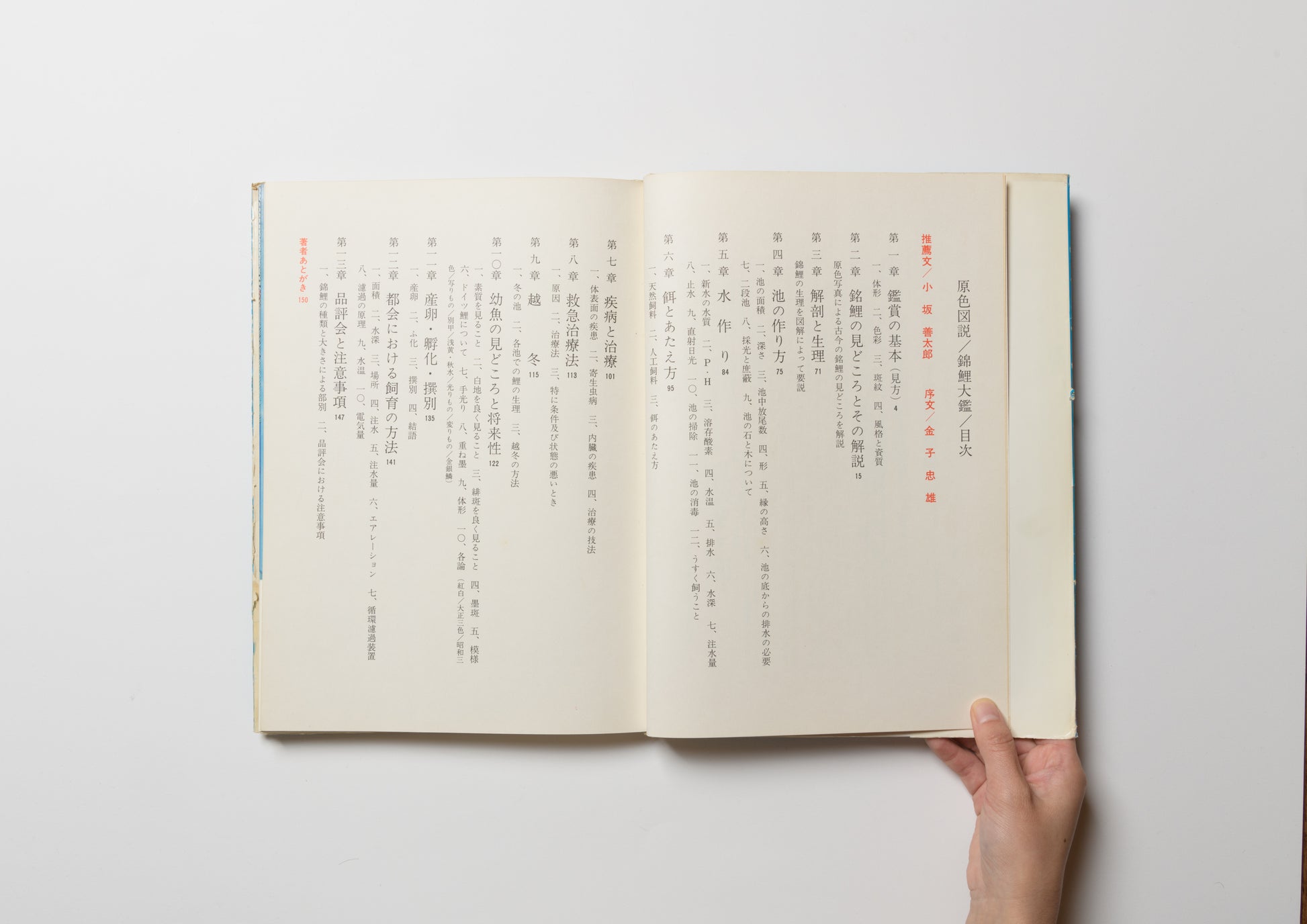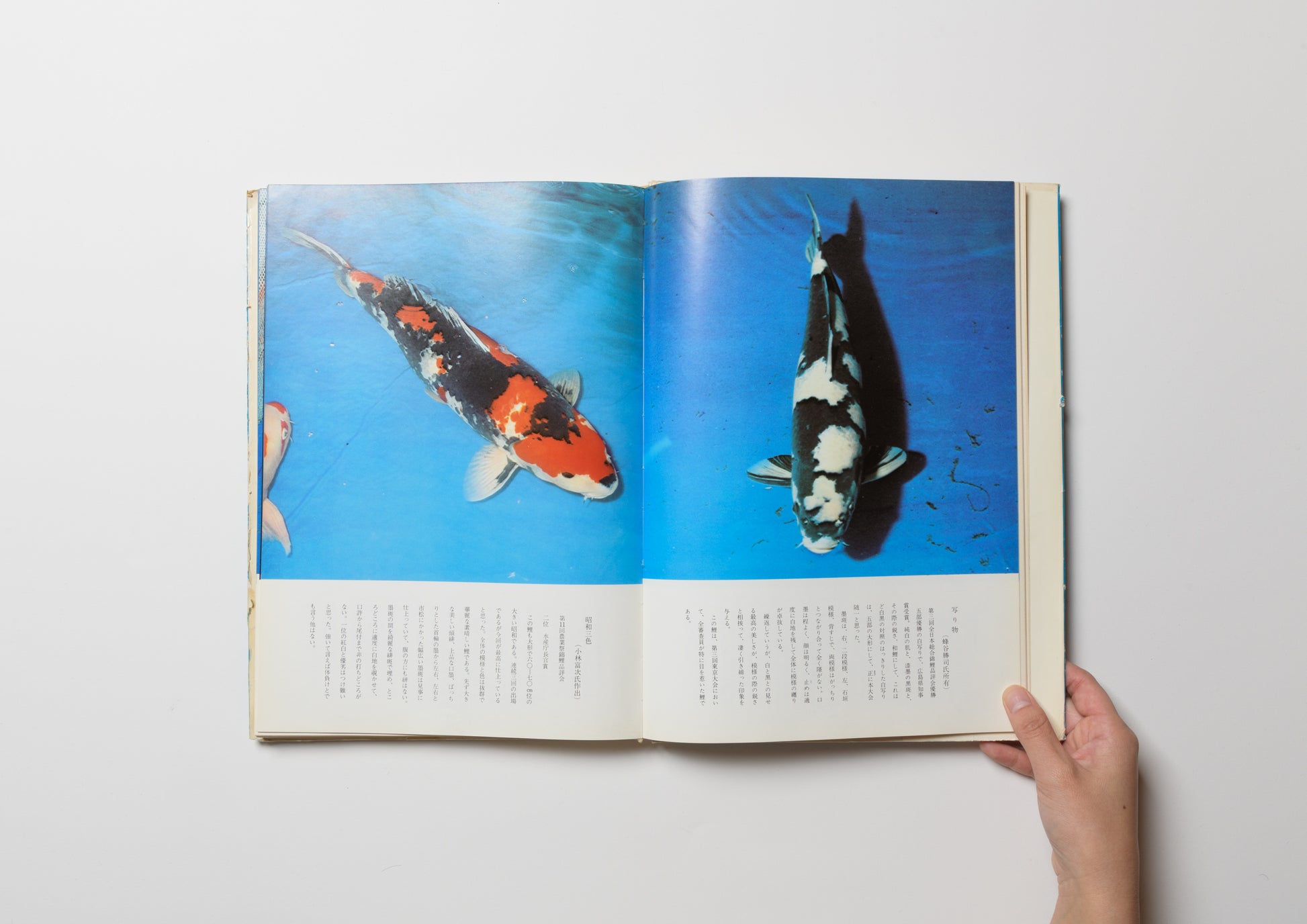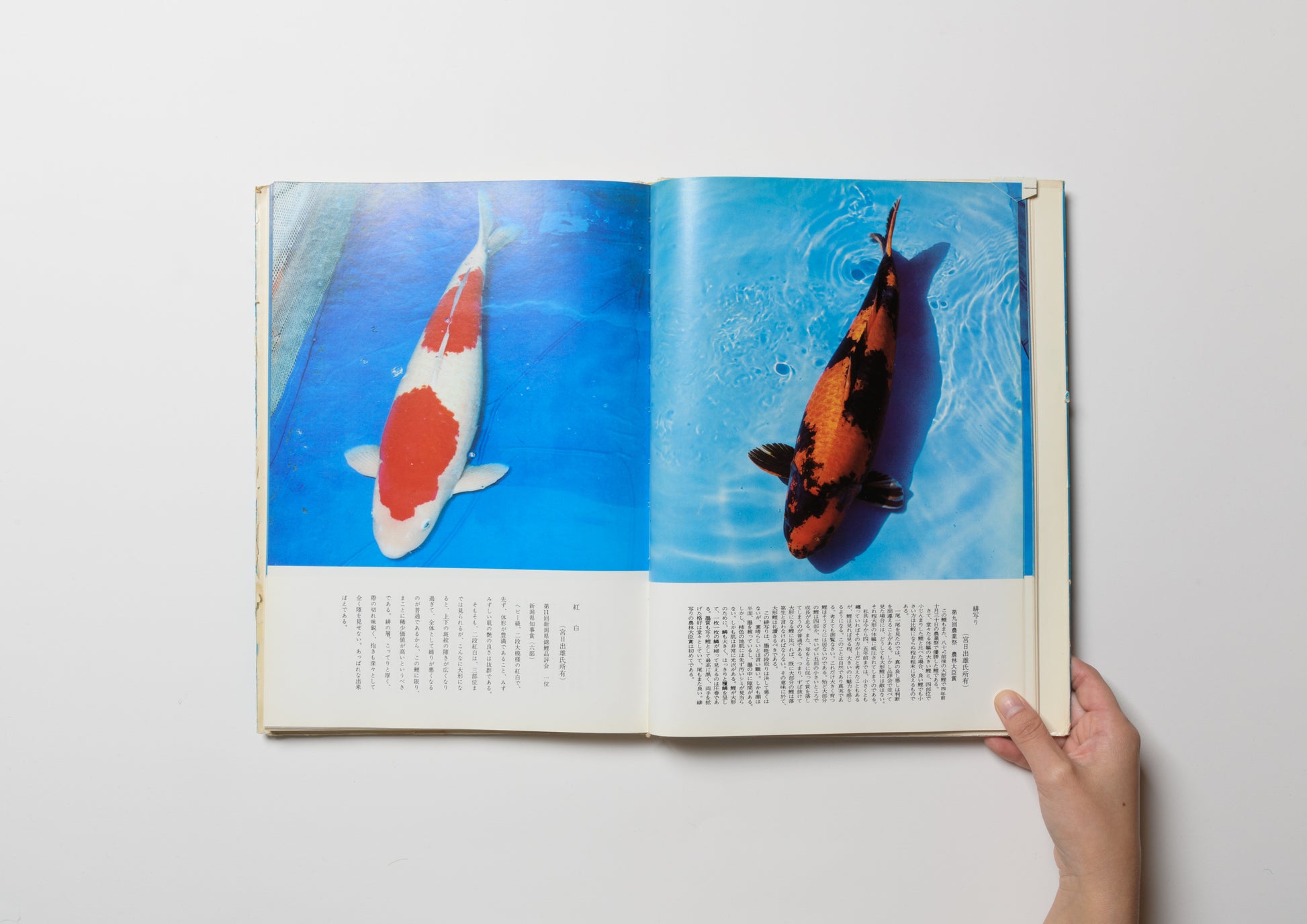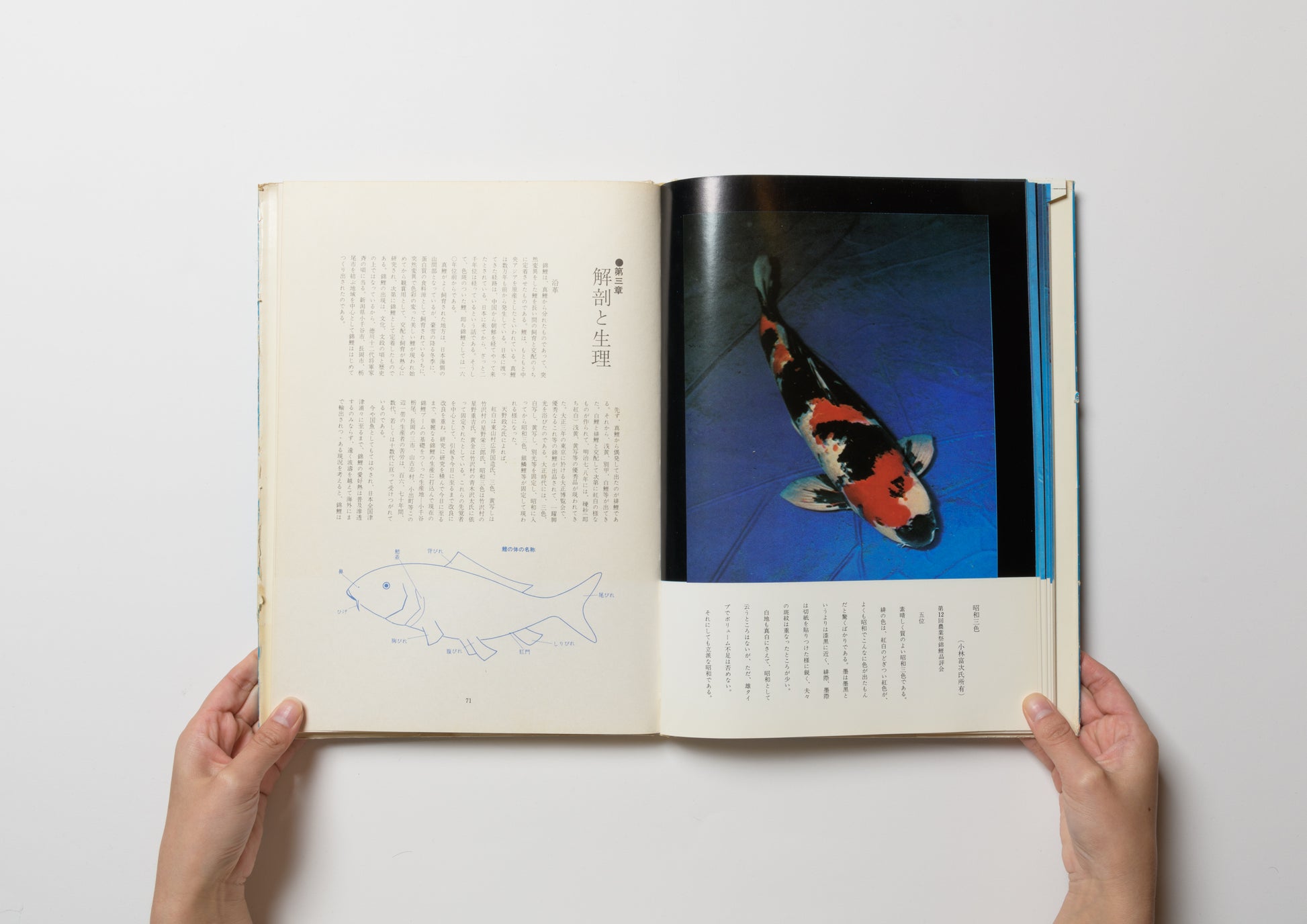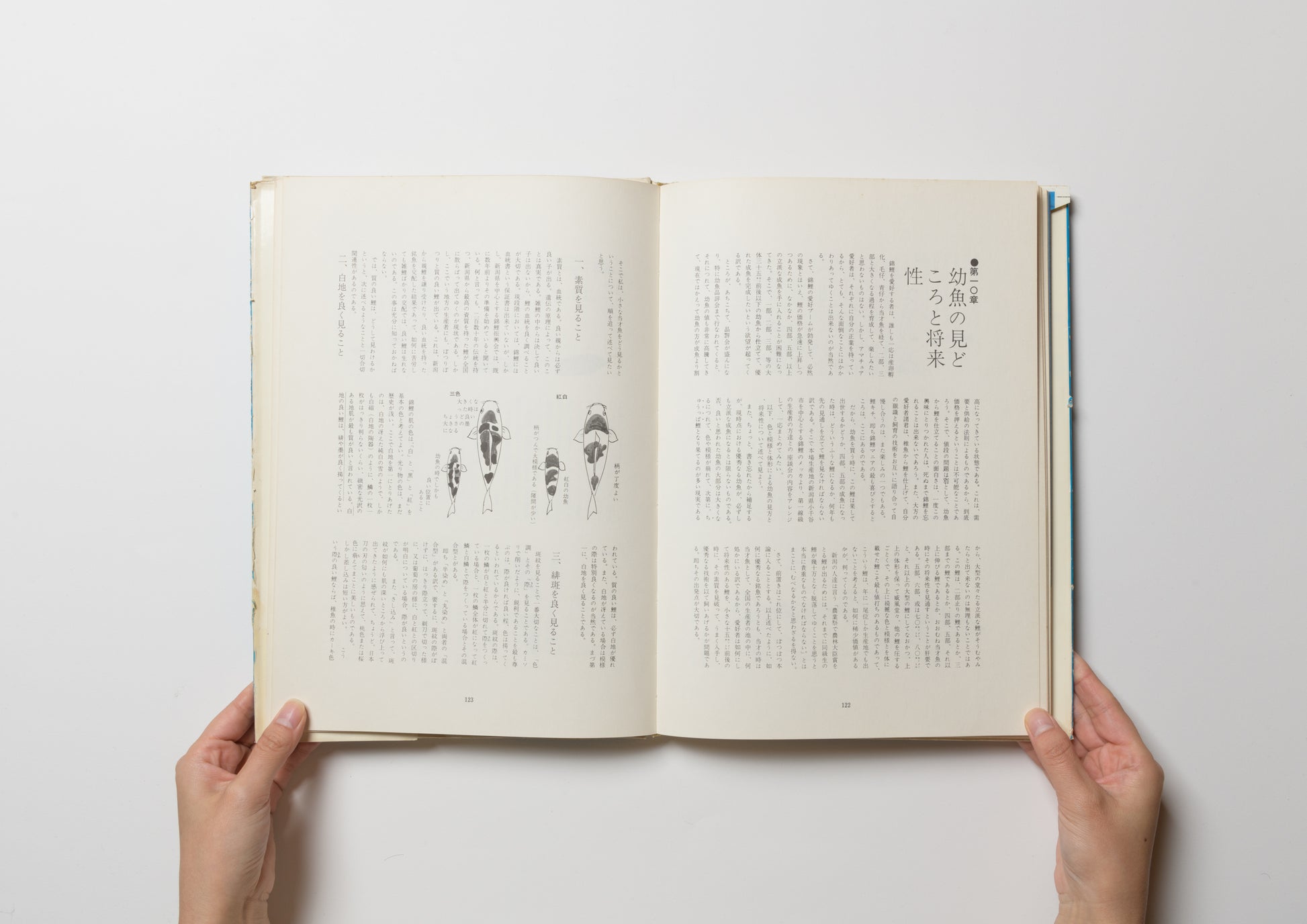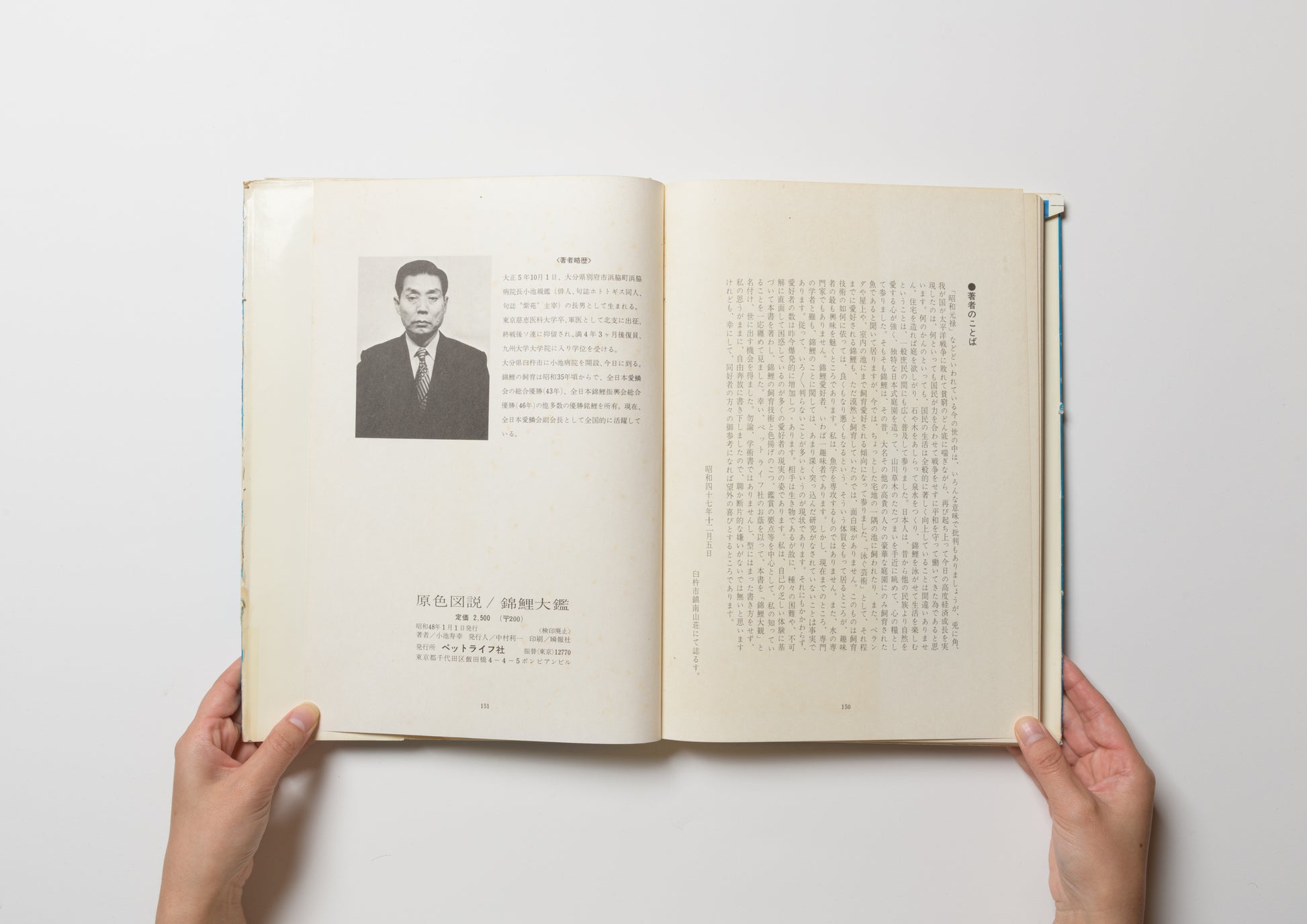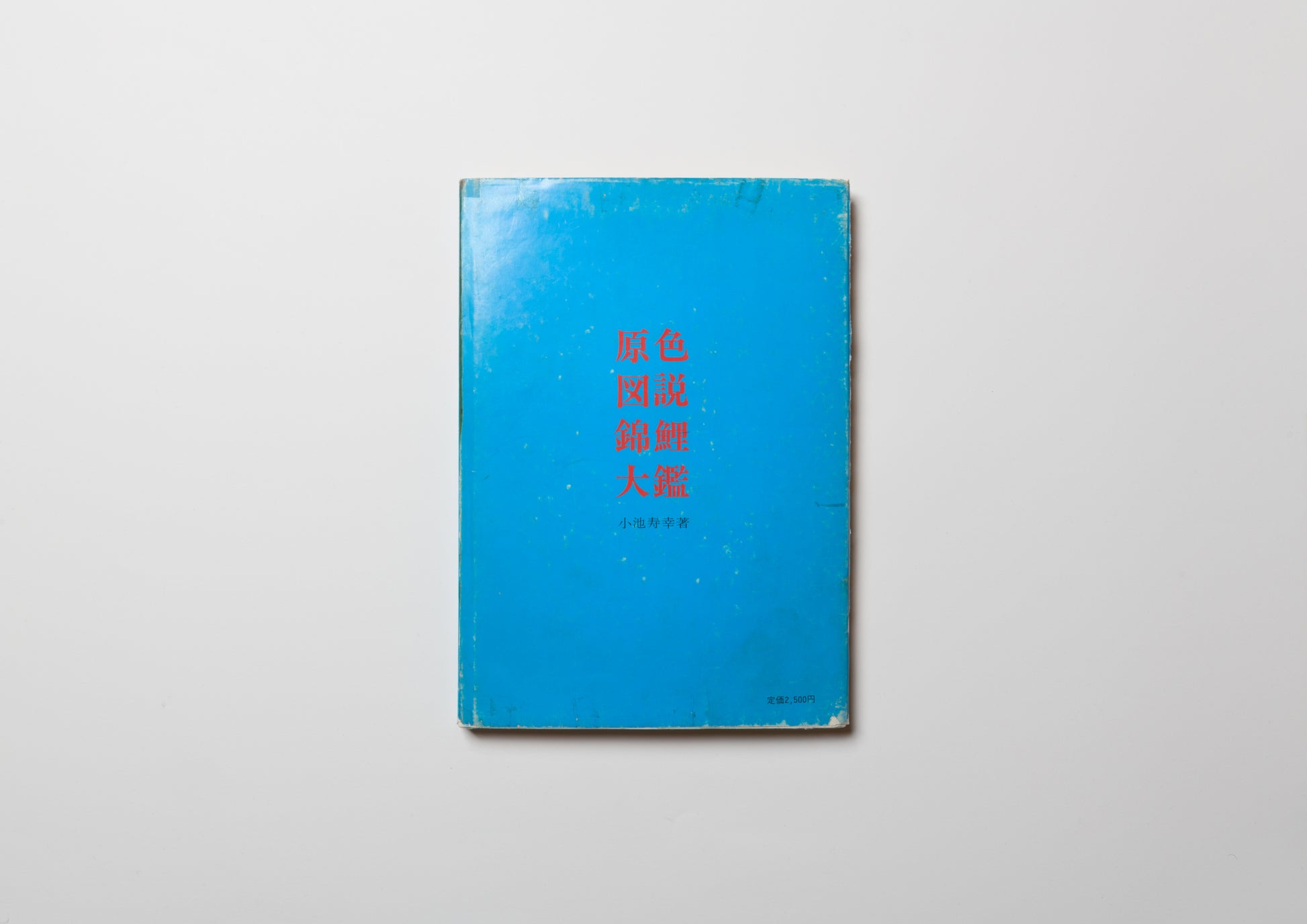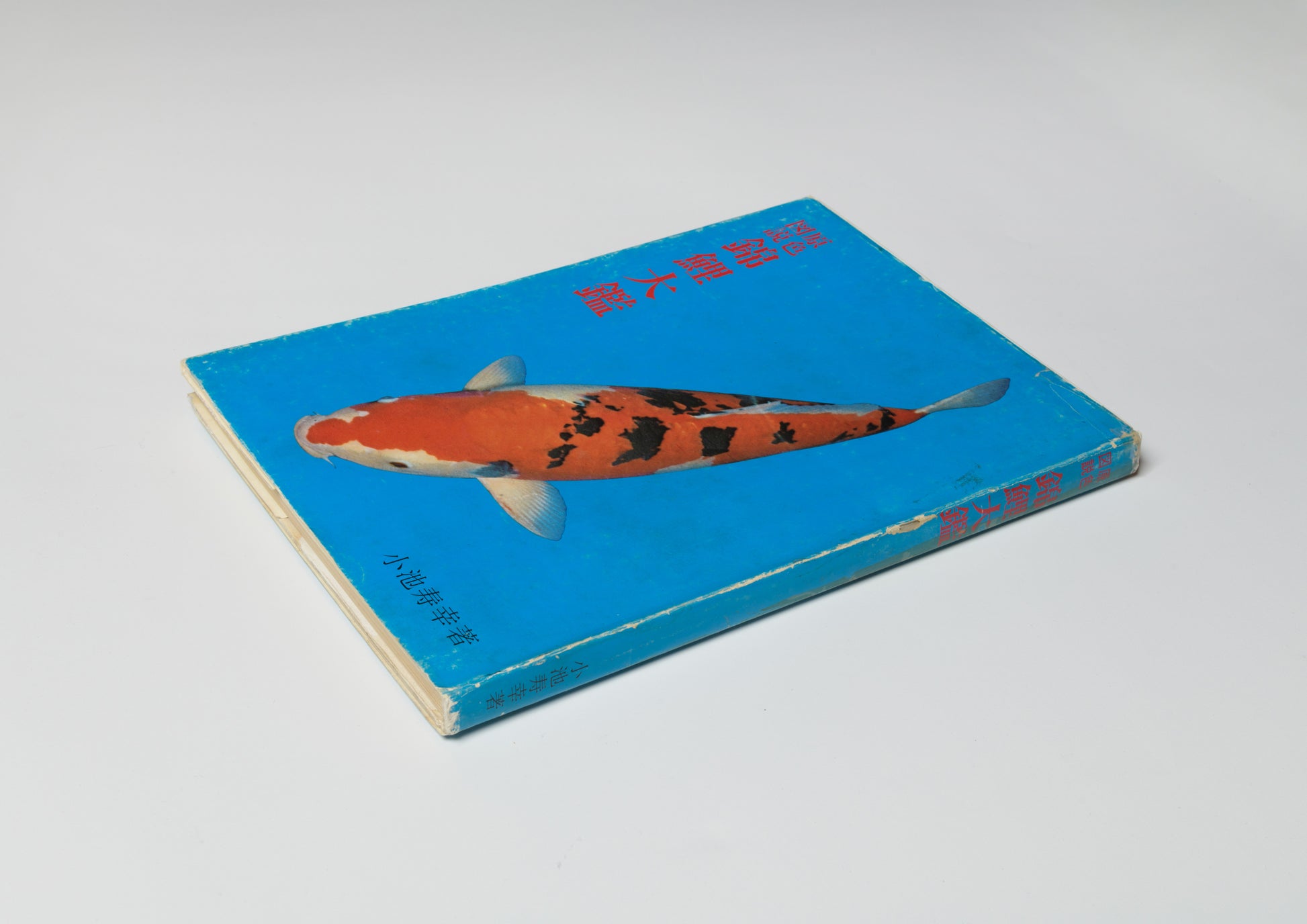Primary color illustration Nishikigoi Daikan
Bibliographic Details
- Title
- Genshoku zusetsu Nishikigoi taikan / 原色図説 錦鯉大鑑
- Author
- 小池寿幸
- Publisher
- Pet life sha / ペットライフ社
- Year
- 1973
- Size
- h305 x w215mm
- Weight
- 850g
- Pages
- 152 pages
- Language
- Japanese / 日本語
- Binding
- Hardcover / ハードカバー
- Condition
- Binding has partial loss and burning. / 装丁の部分的な欠損や焼けあり
The tail fin of Fukumimi
Fifty-six Nishikigoi: A Color Illustration
One fact that is surprisingly little known is that there is a "Meguro Nishikigoi CenterNishikigoi are sold individually, and the online site provides detailed explanations of the patterns on each one. I've never had a house with a pond, so I don't often go there, but I enjoy imagining what a deep world it must be.
Now, on page 33, where the famous carp "Kohaku" is introduced in this book, there is a Fukumimi (ear-shaped ears) that resembles the tail fin of a Nishikigoi carp. It is small, but it is a splendid tail fin that looks like it will steer you in the direction you want to go.
After the war, Japan experienced rapid economic growth and the standard of living for ordinary people improved dramatically. The wealthy owned detached houses, built ponds in their gardens, and started to enjoy daily life with Nishikigoi carp swimming there. Originally a hobby limited to feudal lords and aristocrats during the Edo period, more and more ordinary households now raise Nishikigoi carp on their balconies or indoors. Nishikigoi carp are also called "swimming art," and are as popular overseas as Japanese gardens. Many people are fascinated and captivated by their beauty and elegance, but in fact, their beauty can be further enhanced by the considerable effort and skill of the breeder. The greatest attraction and challenge for Nishikigoi lovers is to raise fine koi with beautiful body shapes, skin luster, and spotted patterns by putting in the effort.
This book conveys the charm of Nishikigoi to the fullest. The author, Toshiyuki Koike, is not an expert, but has written as a lover who truly loves Nishikigoi. His own experience and love for Nishikigoi can be felt throughout the book, making it a masterpiece of a hobby book. Along with beautiful photos of 56 famous koi that look as if they are swimming on the page, the author talks in detail about each koi, as if to say, "Let me boast about the greatness of my koi!" In addition, he carefully explains tips for raising them, such as how to manage the water, how to feed them, and how to prevent diseases, with illustrations. While there is little information about Nishikigoi, this is undoubtedly a valuable and practical resource for enthusiasts and breeders. As it says in the book, "I love Nishikigoi more than anyone else," I promise that you will feel the author's passionate love for Nishikigoi, which goes beyond a mere hobby.
"table of contents"
Recommendation/Zentaro Kosaka Preface/Tadao Kaneko
Chapter 1: The Basics of Appreciation (How to Look at Art)
Chapter 2: Highlights of famous carp and their explanations
Chapter 3 Anatomy and Physiology
Chapter 4 How to make a pond
Chapter 5 Water Production
Chapter 6: Food and Feeding
Chapter 7
Chapter 8
Chapter 9
Chapter 10
Chapter 11
Chapter 12
Chapter 13
Afterword from the author
Toshiyuki Koike
He was born on October 1, 1916, as the eldest son of Koike Chikaaki (a haiku poet, member of the haiku journal Hototogisu and editor of the haiku journal "Shion"), director of Hamawaki Hospital in Hamawaki-cho, Beppu, Oita Prefecture. He graduated from the Jikei University School of Medicine, and was sent to North China as a military doctor. After the war he was detained in the Soviet Union, and after four years and three months was demobilized. He entered Kyushu University Graduate School and received his degree. He opened Koike Hospital in Usuki, Oita Prefecture, where he still operates today. He began raising Nishikigoi around 1960, and has won the All Japan Airin-kai overall championship (in 1968) and the All Japan Nishikigoi Promotion Association overall championship (in 1971), as well as many other winning koi. In his later years he was active nationwide as vice-president of the All Japan Airin-kai.
